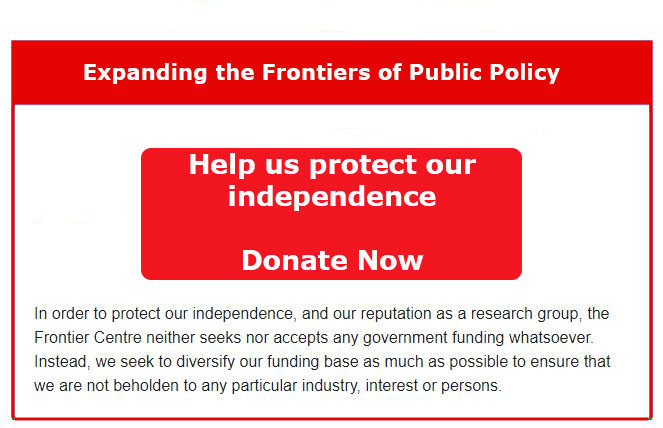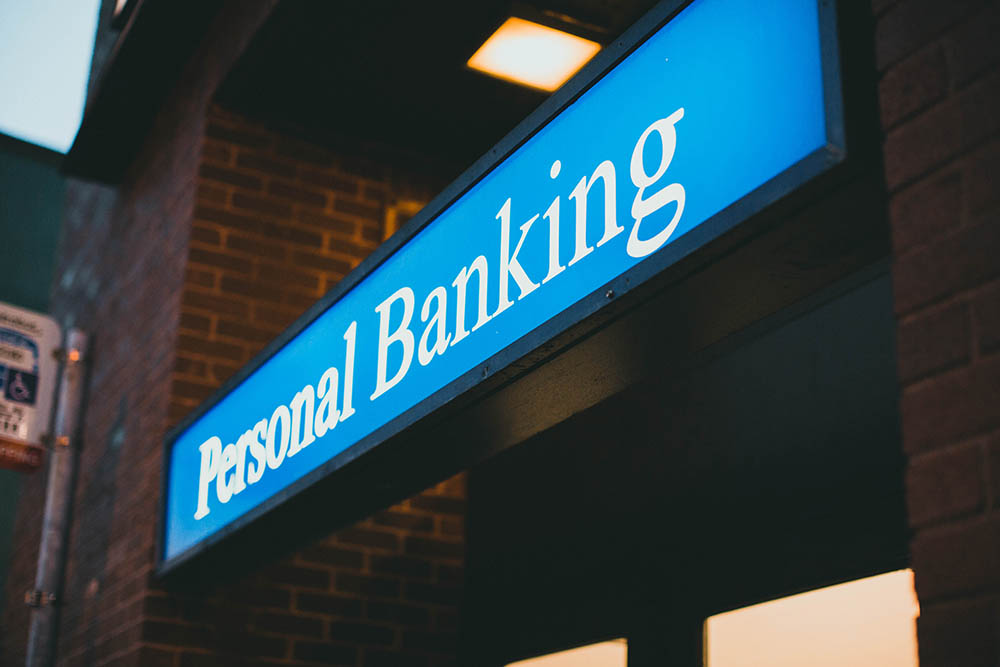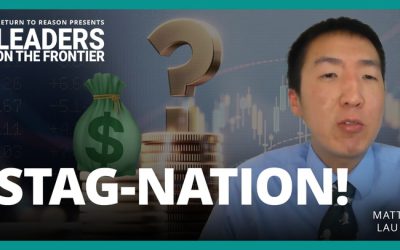It is not entirely clear whether the Canadian and the global economies are heading for a new inflationary era. It may turn out that inflation is not only elevated from recent negligible levels, but escalates, steadily at first, and then dramatically, as it did in the 1960s until the early 1980s. If it does, the havoc and misery which inflation wrought on ordinary people will be mirrored in the financial markets, and the costs could linger for decades, just as they did when inflation dropped after 1981.
From a theoretical economics standpoint, there are several notional elements to the inflation premium portion of prevailing interest rates (i.e., the extra part that is not directly related to investors’ time and risk preferences without regard to inflation). One element of this inflation risk premium is simple compensation for the recent, prevailing or expected inflation rate, all of which have been about the same—approximately 2 percent per annum, until this year. However, there are other components that, while usually much smaller and have a sort of abstract aspect to them, can grow.
There are at least two such components, which are not exactly the same thing, yet are typically combined. First is the potential for the escalation of inflation and the uncertainty of the variability of inflation. It is possible that inflation is not just at a new, higher level, but that it could escalate, either slowly or dramatically. Inflation began slowly in the mid-1960s, but, erratically, year after year, grew larger and larger, and faster and faster in the late 1970s and into the early 1980s.
The second component is the premium investors may come to require for the unpredictability of inflation. Once inflation escalates, consumers, businesses and investors may assume that it will grow and get even higher. However, unless hyperinflation takes hold, this may not occur; there could be some minor pauses or reversals, especially if the inflation, higher interest rates and central bank actions cause a recession; then inflation could subside, at least temporarily, and then businesses or investors who made contracts or investments assuming one track of inflation, perhaps committing to payment at a certain price, could lose money, either nominally or in inflation-adjusted terms.
Thus, they would be extra-cautious and seek only returns that would compensate them for the added risk created because they hadn’t forecast inflation that would be sufficient enough to cover their costs. The real estate developer or landlord who does not charge high enough for new housing units sold or rented out would be one example, or a lender that offers too high an interest rate to depositors and other fund providers at fixed or sticky rates while not being able to lend out at rates they expected to be able to charge.
Gyrating interest rates, commodity prices, asset prices and volatile inflation in general during the 1964-1981 period made it increasingly hard for corporate and government budget planners and financial players to allocate funds and set contracts, all of which increased both uncertainty and yields more than the level of current inflation over the notional risk-free rate. Thus, indexing interest rates to inflation became a more difficult and highly unsatisfactory solution to the exploding chaos. At various times in that period, the real rates—i.e., inflation-adjusted—were relatively high in historical terms, as inflation sometimes fell; but often it was negative, as the nominal interest rate—that charged by lenders or expected or experienced by investors—failed to match the rate of inflation that actually occurred.
In general, interest rates rose until the inflation trend was broken in 1981 and they expanded to offer a higher inflation premium than before. This premium persisted for several years; rates stayed relatively high until this century, despite inflation dropping to the 1- to 3 percent range for nearly the entire time.
Hence, the willingness of today’s central bankers, who control the money supply, and thus inflation, to allow inflation to escalate to previously intolerable levels of four, five or even higher percentages. This could cause interest rates to rise dramatically to compensate financial institutions and investors, with effects that could last for many years. Elevated interest rates and expected or demanded returns will depress investment, hiring and economic and productivity growth. The temptation to boost current economic growth beyond the productive capacity of the economy may end up hurting long-term growth and prosperity more than is fully appreciated by government officials.
Ian Madsen is senior policy analyst at the Frontier Centre for Public Policy.
Photo by Jonathan Cooper on Unsplash.



